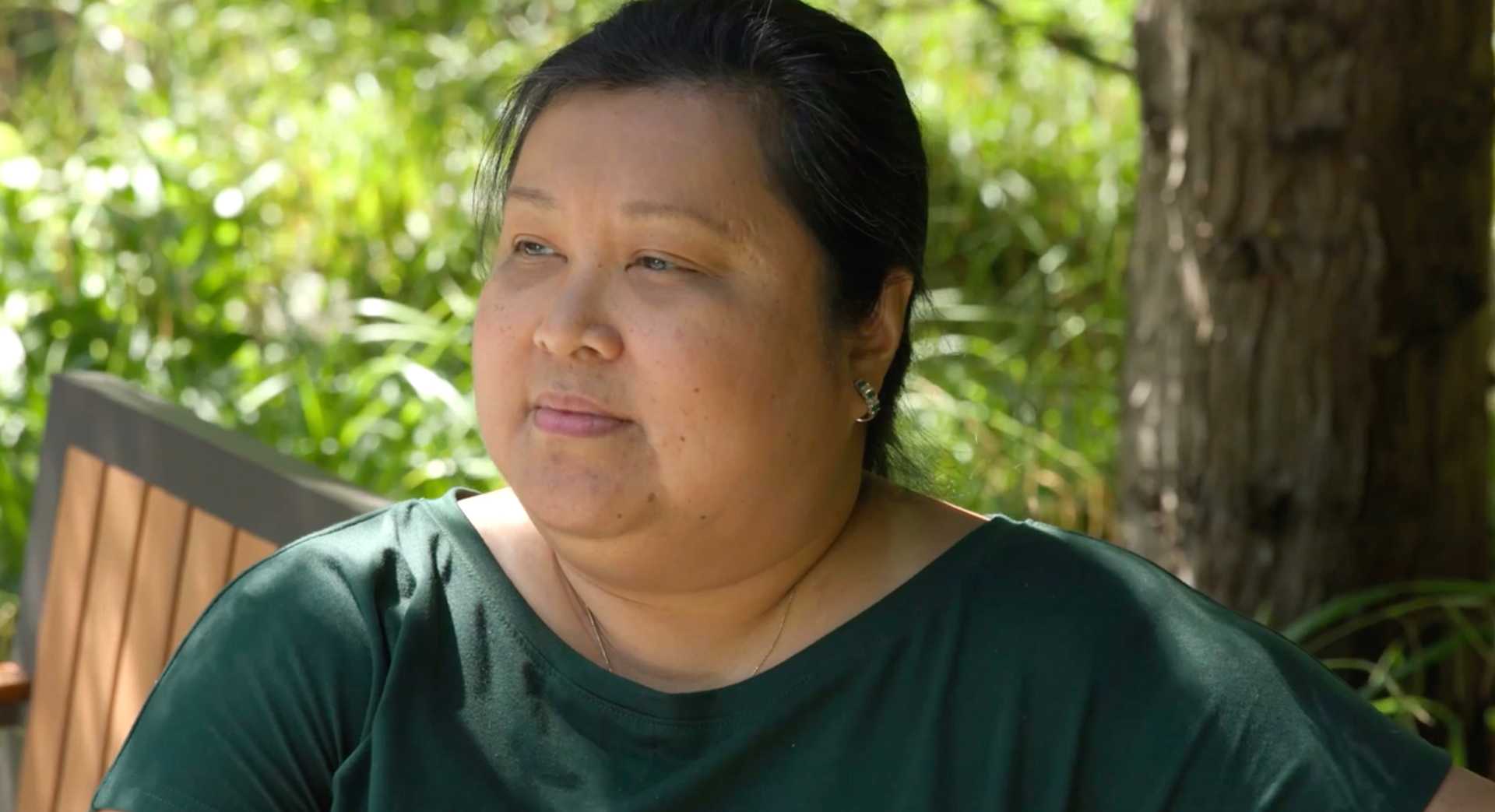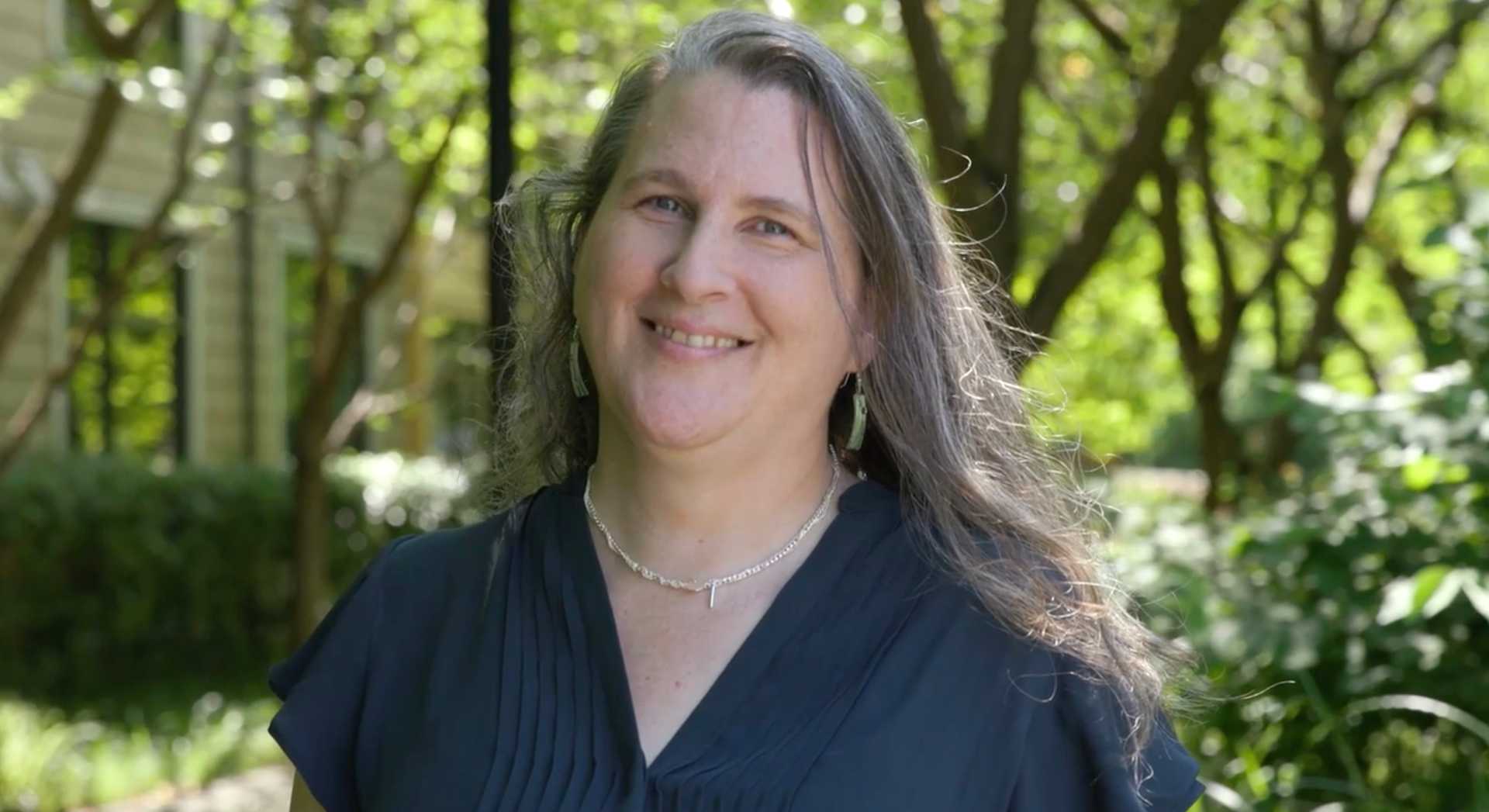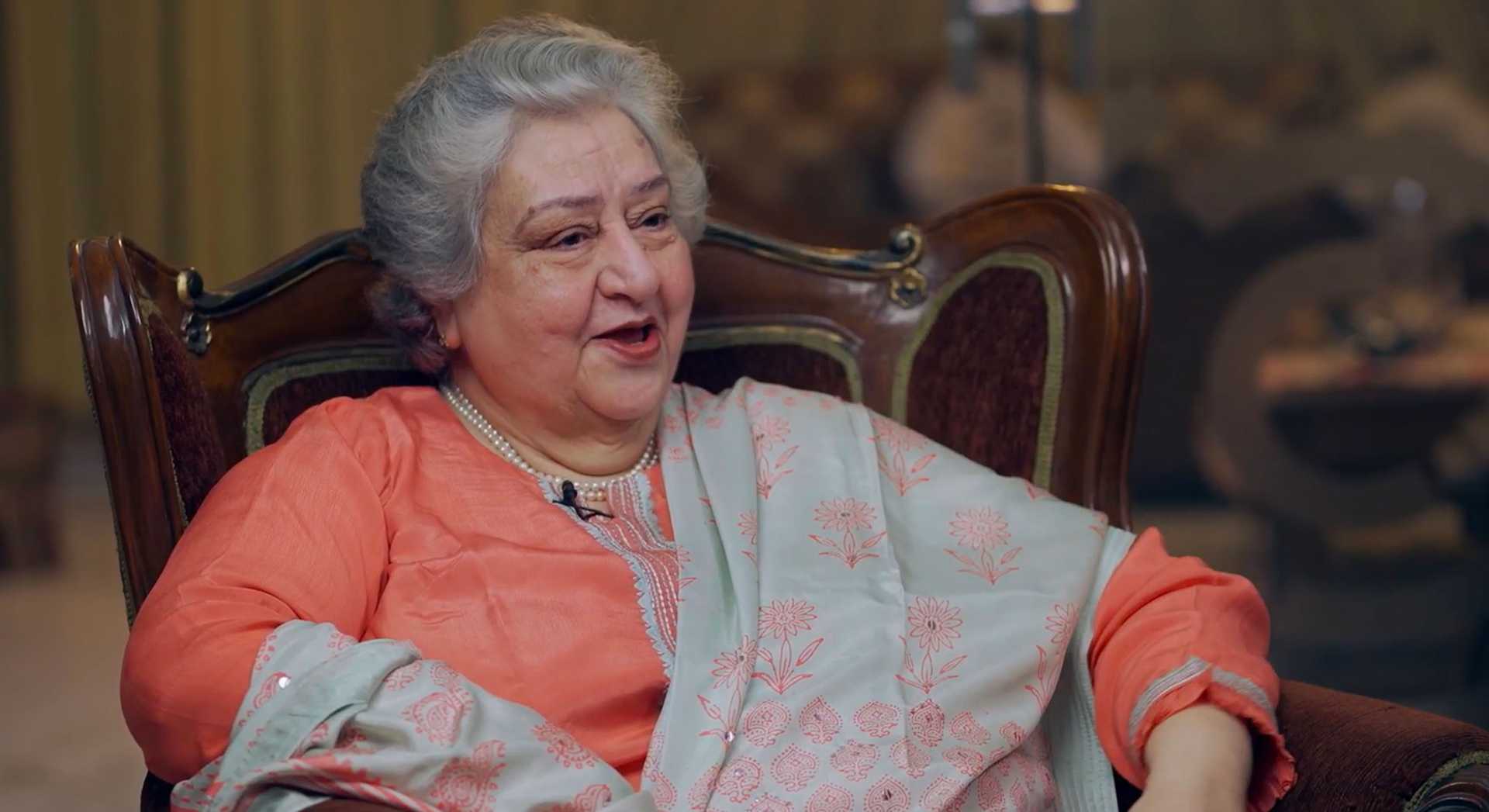Be informed.
Be empowered.
The first important thing to understand about breast cancer: you are not alone, as you will see in the highlighted facts below. Today, options for treating breast cancer, including radiation therapy, continue to advance. And throughout your cancer journey—from screening and diagnosis to treatment and survivorship—your medical care team is with you every step of the way.





